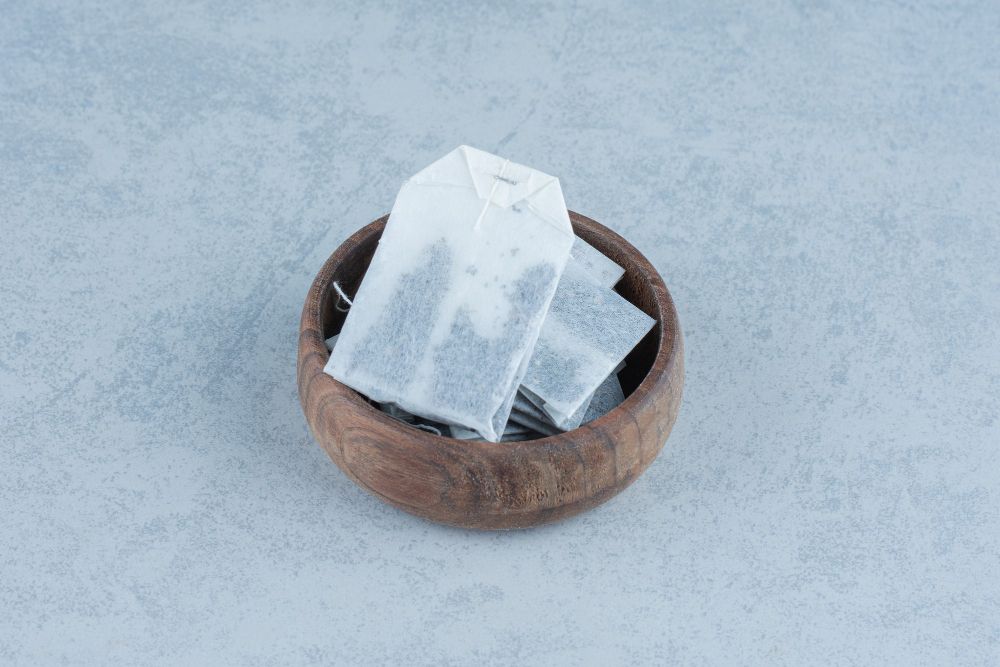
Book Now to Experience
Acne Treatment
1 Minute Self-Registration
Date should not be before minimal date
Author: Leila Tan|Updated: 23 July 2024
Hyperpigmentation is a common skin condition that happens when certain areas of the skin darken due to an excess of melanin, the pigment responsible for skin colour. It can affect people of all skin types and is often a result of various causes, including sun exposure, hormonal changes, and skin trauma. To assist you in obtaining a more even complexion, we will discuss the factors that lead to hyperpigmentation, the various forms of hyperpigmentation, and the best treatments and preventative measures now available.

1
Types of Hyperpigmentation
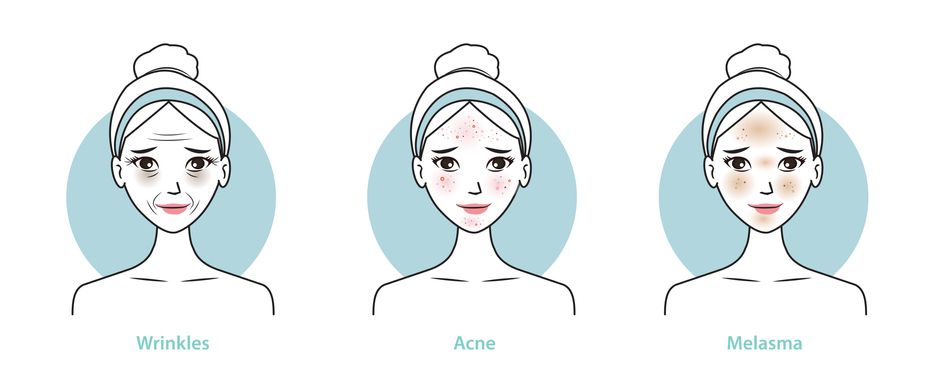
Melasma
Melasma is a type of discoloration that is common and mostly affects women. Grey-brown spots show up on the face, especially on the cheeks, forehead, and upper lip. Melasma can be caused by changes in hormones, such as those that happen when a woman is pregnant or taking oral contraception.
Post-inflammatory hyperpigmentation (PIH)
When the skin gets hurt or inflamed, PIH can happen. It can happen after pimples, burns, cuts, or other kinds of skin damage. The skin in the affected places looks darker than the skin around it.
Freckles
Freckles are small patches of darker skin that are close together. Most of the time, they are light to medium brown, and they can be caused by genes or by being in the sun.
Hori's nevus
Hori's nevus, also called dermal melanocytosis, is a type of discoloration that usually affects Asian skin. It looks like areas of blue-grey skin on the cheeks, forehead, and temples.
Lentigines
Lentigines are small, flat spots that can be brown to black in colour. They are caused by more cells that make colour and are usually a sign of getting older.
Drug-induced hyperpigmentation
As a side effect, discoloration can happen when you take certain medicines or drugs. Antimalarial drugs, drugs used in treatment, and nonsteroidal anti-inflammatory drugs (NSAIDs) are all common examples.
Café-au-lait spots
Café-au-lait spots are big, flat areas of light brown pigmentation that can appear anywhere on the body. Most of the time, they are there from birth, and they may be linked to genetic diseases like neurofibromatosis.

2
What Causes Hyperpigmentation to Appear?

Understanding what causes hyperpigmentation is important for coming up with effective ways to treat and stop it. Here are some common causes:
Sun exposure
Exposure to ultraviolet (UV) radiation from the sun is a major cause of hyperpigmentation. When the skin is exposed to the sun, it causes an increase in melanin production as a defence mechanism to protect the skin from further damage. However, lengthy or excessive sun exposure can lead to uneven pigmentation and the formation of dark spots.
Skin trauma
Post-inflammatory hyperpigmentation can be caused by any kind of skin damage, like acne, burns, cuts, or even harsh skin treatments. Inflammation makes the body make more melanin, which causes dark spots or patches to form in the affected areas.
Genetics
Some people are more likely to get discoloration than others because of their genes. Some people may have a natural tendency to make more melanin, which makes them more likely to get hyperpigmentation when exposed to the sun or other things that cause it.
Medications and medical conditions
Some medicines, like nonsteroidal anti-inflammatory drugs (NSAIDs), antimalarial drugs, or agents used in chemotherapy, can make the skin darker. Hyperpigmentation can also be caused by health problems like Addison's disease (adrenal weakness) or hemochromatosis (iron overload disorder).
Read More

3
Not The Hype You Want: Prevention of Hyperpigmentation
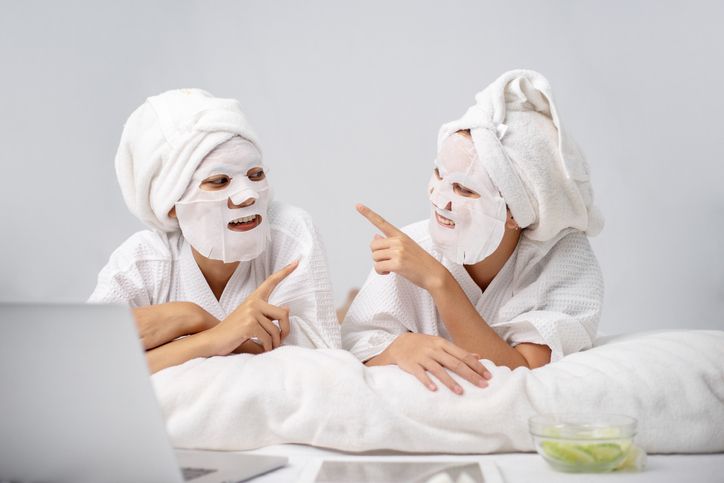
To keep your skin healthy and even, it's important to stop discoloration from happening. Here are some precautions to think about:
Sun protection
To stop hyperpigmentation, you must protect your face from the sun's harmful effects. Follow these tips to stay safe in the sun:
1. Protective clothing and accessories Wear protective clothes, like hats with wide brims, long-sleeved shirts, and trousers, to keep your skin from getting too much sun. To protect your eyes from UV rays, don't forget to wear sunglasses.
2. Avoiding excessive sun exposure Don't spend too much time in the sun, especially between 10 a.m. and 4 p.m., when the sun's rays are at their highest. Look for shade whenever you can.
Managing hormonal changes
If your hormones change, like during pregnancy or menopause, here are some things you can do to handle them well:
1. Consult a Healthcare Professional Talk to your doctor about ways to control your hormones and how to take care of your skin to lower your chance of hyperpigmentation.
2. Use Sunscreen and Sun Protection When hormones change, the skin can become more sensitive to UV light. Make sure you use sunscreen and other sun protection steps to avoid hyperpigmentation caused by the sun.
3. Gentle Skincare Routine Choose gentle skin care products that are right for your skin type and stay away from strong ingredients that could cause hyperpigmentation or make it worse.

4
Treatment Options for Hyperpigmentation? All You Can Find in Singapore
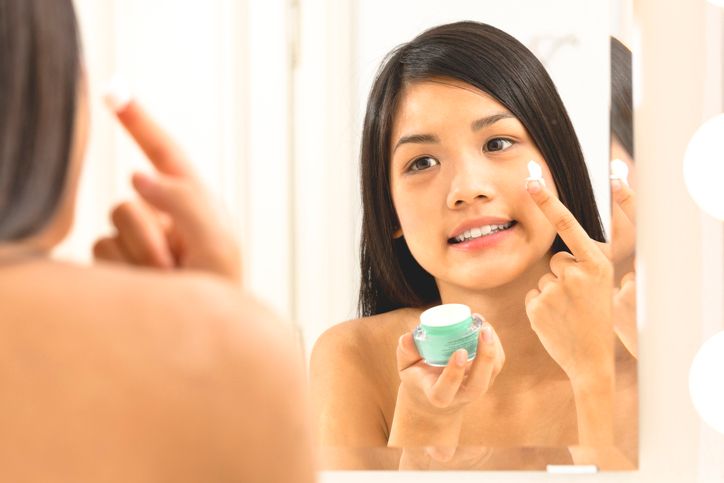
There are many ways to treat hyperpigmentation, from treatments you put on your skin to processes done by a professional. The best treatment relies on what kind of hyperpigmentation you have and how bad it is. It's important to keep in mind that results may vary, and it's best to talk to a dermatologist to figure out the best way to treat your problem.
Topical treatments
The first line of defence against hyperpigmentation is to use topical solutions. Most of the time, these items have ingredients that target the production of melanin or help skin cells turn over. Some popular treatments for hyperpigmentation that are applied to the skin are:
1. Hydroquinone A skin-lightening substance that stops melanin from being made.
2. Retinoids Retinoids are made from vitamin A and help speed up the change of skin cells and encourage the growth of new skin with even colour.
3. Vitamin C A powerful antioxidant that can make the skin look brighter and lessen discoloration.
4. Kojic Acid Kojic acid comes from certain fungi and can help lighten the skin and get rid of dark spots.
5. Alpha Hydroxy Acids (AHAs) AHAs, such as glycolic acid and lactic acid, exfoliate the skin and promote cell turnover, improving the appearance of hyperpigmentation.
Chemical peels
Chemical peels are done by putting a chemical solution on the skin. This solution removes the top layer of skin and encourages the growth of new, evenly coloured skin. Chemical peels can be an effective way to treat hyperpigmentation, such as melasma and postinflammatory hyperpigmentation (PIH).
There are different types of chemical peels, from shallow to deep, based on how much hyperpigmentation there is and what results are wanted. Peels on the surface of the skin, like those with alpha hydroxy acids (AHAs) or beta hydroxy acids (BHAs), are usually gentler and take less time to heal. Peels that are deeper, such as those with trichloroacetic acid (TCA), go deeper into the skin and may take longer to heal.
Microdermabrasion
Microdermabrasion is performed by a dermatologist or aesthetician and is suitable for treating mild to moderate hyperpigmentation. Microdermabrasion can help improve the appearance of age spots, freckles, and uneven skin tone by promoting cell turnover and stimulating collagen production.
During the procedure, a handheld device delivers tiny crystals or a diamond-tipped wand to gently exfoliate the skin. The outer layer of dead skin cells is removed, revealing a smoother and more even complexion. Multiple sessions may be required to achieve optimal results.
Laser therapy
Laser therapy is a common way to treat hyperpigmentation. It uses directed beams of light to target and break down the skin's excess melanin. It can be used to treat melasma, age spots, and freckles, among other kinds of discoloration.
Different types of lasers are used for each person, depending on their wants and health. The melanin takes in the laser energy, which causes it to break up and fade over time. Laser therapy can also boost collagen production, which makes the face look younger overall.
Intense Pulsed Light (IPL) Therapy
Another popular way to treat discoloration is with intense pulsed light (IPL) therapy. It uses broad-spectrum light to target the melanin in the skin, which makes dark spots look less noticeable and gives the skin a more even tone. IPL treatment is especially good for treating hyperpigmentation caused by the sun, and it can also improve the texture and elasticity of the skin.
During an IPL treatment, pulses of light are sent to the skin in order to target the cells that have melanin. When the light hits the melanin, it gets hot and breaks down. Over time, the body gets rid of the pieces of melanin on its own, which makes hyperpigmentation go away.
Cryosurgery
In cryosurgery, the affected parts of skin are frozen to get rid of hyperpigmentation. Liquid nitrogen or other cryogens are used to freeze the extra melanin. As the skin heals, the frozen melanin slowly falls off. Some kinds of hyperpigmentation, like age spots or small, localised areas of hyperpigmentation, can be treated well with cryosurgery.
A dermatologist does the process by carefully putting the cryogen on the areas that need it. The freezing temperature kills the extra melanin, which lets new, evenly coloured skin grow in its place. For best results, you may need more than one lesson.

Book Now to Experience
Acne Treatment
1 Minute Self-Registration
Date should not be before minimal date

5
Home Remedies for Hyperpigmentation

Even though professional solutions work, there are also some things you can do at home that might help make hyperpigmentation look better. It's important to keep in mind that home remedies may not work as well as professional treatments, and that the results may range. Here are some common ways to treat discoloration at home:
Lemon juice
Because it has a lot of vitamin C and citric acid, lemon juice can naturally make your skin lighter. Putting fresh lemon juice on spots that are too dark can help lighten them over time. Lemon juice can be annoying for some people, so it's important to mix it with water and do a patch test before putting it on your whole face.
Aloe vera
Aloe vera is known for its ability to calm and heal. It can also make hyperpigmentation lighter and help the face heal. Apply pure aloe vera gel to the impacted areas and leave it on for 20–30 minutes before washing it off. Regular use of aloe vera can help make hyperpigmentation less noticeable and improve the structure of the skin as a whole.
Turmeric
Turmeric is a natural ingredient that can help reduce inflammation and brighten the skin. Mix turmeric powder with a small amount of water or milk to make a paste. Apply the paste to the affected areas and leave it on for 15–20 minutes before washing it off. If you use turmeric often, it can help fade hyperpigmentation and make your skin tone more even.
Green tea extract
The anti-inflammatory and antioxidant properties of green tea make it a useful treatment for hyperpigmentation and general skin health. Make some green tea, let it cool, and then dab the cotton ball in it on the affected regions. Don't rinse it off for at least 20 minutes. Hyperpigmentation can be reduced with regular usage of green tea extract.
Honey
Hyperpigmented skin might benefit from honey's natural moisturising and exfoliating effects. Spread some raw honey on the trouble spots, and then keep it on for 20 or 30 minutes before washing it off and it has been shown to aid in skin nourishment, cell renewal, and the fading of hyperpigmentation when used regularly.
Apple cider vinegar
Apple cider vinegar is known for its ability to make skin brighter and smoother. Mix equal amounts of apple cider vinegar and water in a bowl, and then use a cotton ball to apply the mixture to the hyperpigmented spots. Let it sit for a few minutes before you wash it off. If you use apple cider vinegar regularly, it can help fade dark spots and even out the color of your face.
It's important to remember that home remedies can help with mild cases of hyperpigmentation, but they may not help much with more serious or long-lasting cases. There's another approach to dealing with hyperpigmentation and that is a treatment called Acne Treatment by New Beauty.

6
Fade to Fabulous with New Beauty's Acne Treatment!
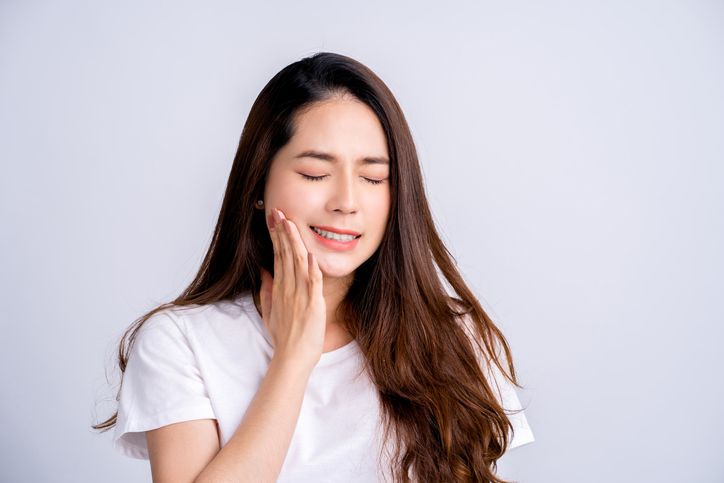
A person's self-esteem can be hurt by acne scars, acne, pimples, whiteheads, and blackheads. Acne treatments have come a long way. There are now creams, chemical peels, pills, and other ways to treat acne, but not all of them work for a long time.
New Beauty introduces the Acne Treatment, a treatment for acne-prone skin. A treatment that uses Microdermabrasion technology to remove dead skin cells and deep-cleanse the skin, along with an infusion of medical-grade hydrating serum that calms the skin's sebum production and softens blackheads, comedones, and pimples. Here we will guide you through the procedure:
First, the dual spiral suction + drainage technology removes dead skin cells and opens up pores at the same time. This calms inflammation and infection caused by acne. Next, a hydrating serum is injected into the face to keep sebum production in check and encourage collagen production. Without too much oil, acne is less likely to come back. This will result in a calmer acne, fewer breakouts and a finer skin complexion!
Read More

7
Conclusion

Hyperpigmentation is a common problem with the skin that can happen to people of all ages and skin types. It's important to know the different types of hyperpigmentation, what causes them, and how to treat and avoid them. There are many ways to get rid of dark spots, even out your skin tone, and get a more radiant complexion. These include professional treatments and home cures. So, now is your time to restore your skin's youthful bloom and increase your confidence with New Beauty's Acne Treatment!
FAQ
1. Is hyperpigmentation permanent?
Hyperpigmentation can be temporary or last for a long time, based on the cause and the person. With the right care and precautions, its appearance can be lessened.
2. Are all hyperpigmentation treatments suitable for all skin types?
Not every treatment is good for every type of skin. It's important to see a dermatologist, who can tell you the best way to treat your skin based on its type and state.
3. How long does it take to see results from hyperpigmentation treatments?
How long it takes to see results depends on what kind of treatment is used and how bad the hyperpigmentation is. It could take a few weeks to a few months before you see big changes.
4. Can hyperpigmentation be prevented?
Even though hyperpigmentation may not be completely avoidable, you can reduce your chances of getting it by staying out of the sun, taking care of hormonal changes, and not hurting your skin.
5. Are there any side effects associated with hyperpigmentation treatments?
Some treatments, like chemical peels or laser therapy, can temporarily make your skin red, swell, or feel sensitive.

Book Now to Experience
Acne Treatment
1 Minute Self-Registration
Date should not be before minimal date
Recommended Articles
COPYRIGHT© NEW BEAUTY MANAGEMENT LIMITED 2025. ALL RIGHT RESERVED.



